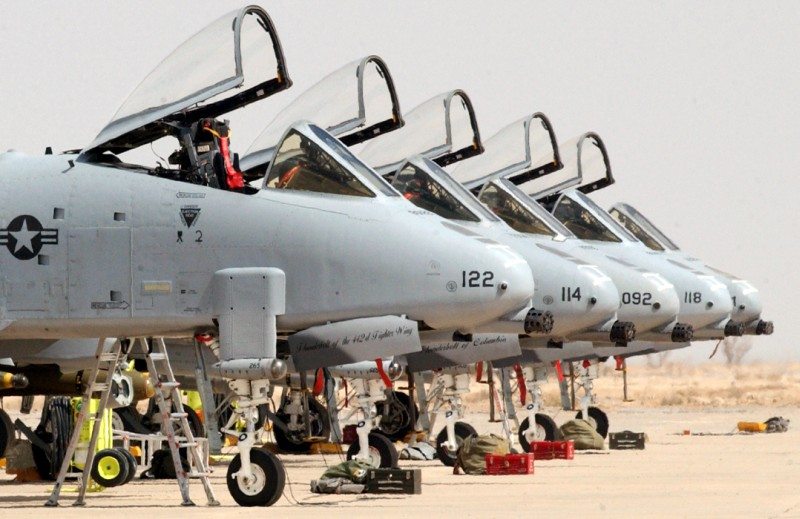The Administration’s fiscal 2015 budget proposed to retire the entire fleet of A-10 Thunderbolt II attack aircraft beginning in FY2016. This report covers the background to that decision and legislative action as of the end of 2014.
Background
The A-10 was designed in the 1970s to perform air interdiction, battlefield air interdiction, and close air support.1 It was principally designed to attack large masses of Soviet tanks and other armored vehicles. From 1975 to 1984, the Air Force acquired 713 A-10 aircraft.
Following the dissolution of the Soviet Union, the A-10 was refocused on the close air support role.
As of November 2013, 289 A-10s remained in the force, of which 160 were in the active Air Force, 27 in the Air Force Reserve, and 102 in the Air National Guard. Subsequent reporting indicates the number has now reached 283, although CRS does not yet have data showing the distribution of those aircraft among components.
Therefore, 430 A-10s have been retired, lost, or stricken from the rolls due to damage.5 This includes all of the early A-10A models; the current Air Force inventory is entirely improved A-10Cs.
As the CRS does not make its reports public, this report is hosted by the Federation of American Scientists on its own website.
Proposed Retirement of A-10 Aircraft: Background in Brief (396 downloads)










